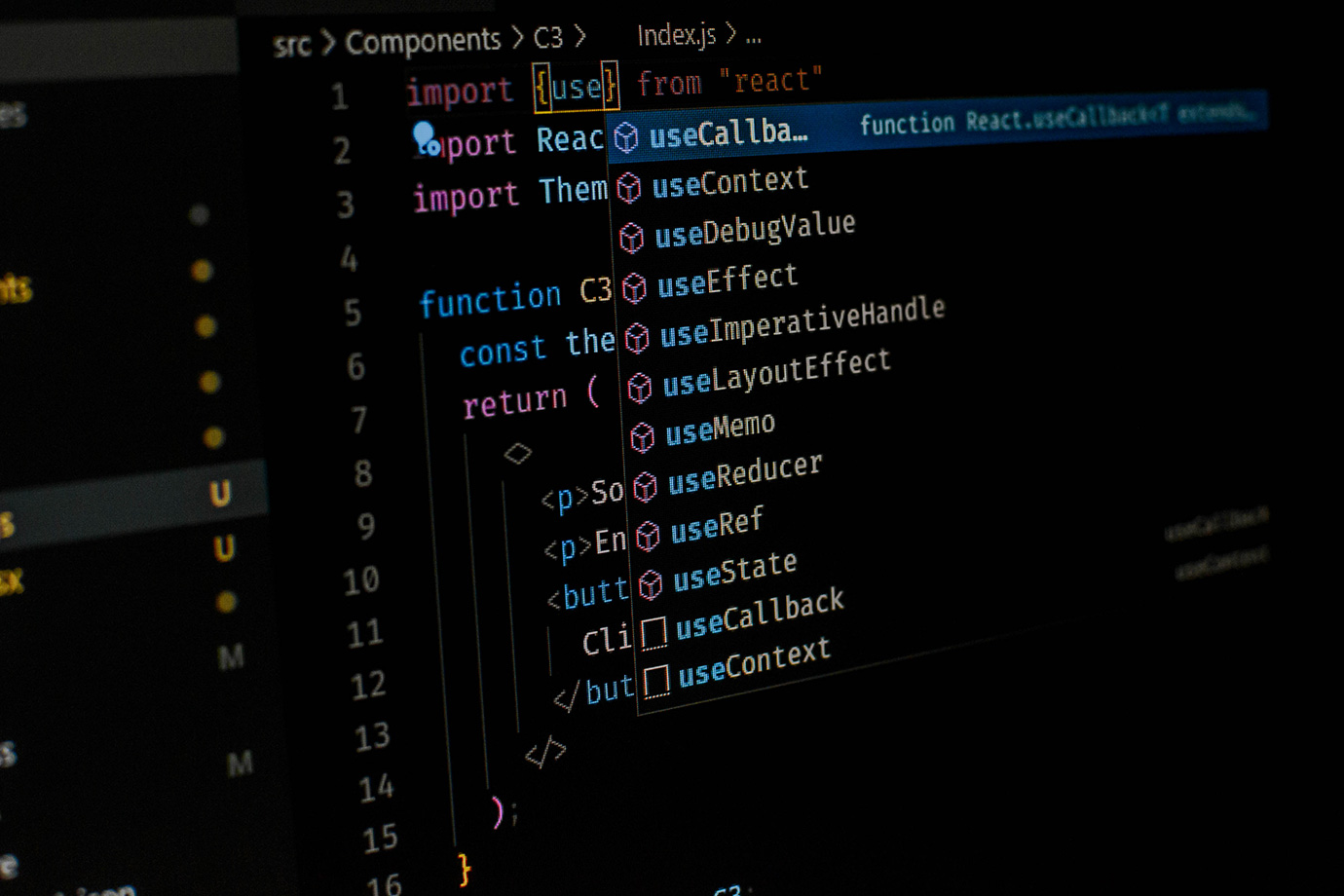Angular 20 is Here: Ultimate Guide, Everything You Need to Know About New Features and Performance

01 Jul 2025
Keeping up with the latest technological advancements is not a luxury for independent contractors, startup founders, or small business developers; it is a need. The recently released Angular 20 is more than just a version update. This release represents a significant change in the way we develop and enhance contemporary online apps. The improvements in Angular 20 provide significant advantages, such as quicker loading, cleaner code, and more effective development workflows, regardless of whether you're working on client projects or optimizing your startup's platform.
Let's explore everything. No nonsense, just direct communication between developers.
Why Angular Still Matters in 2025
You’ve probably heard whispers: “Is Angular still relevant?” It’s a fair question with all the hype around frameworks like React and Svelte. But here’s the thing: Angular powers enterprise-grade apps for companies like Microsoft, Google, and even smaller-scale U.S. startups that need scalable architecture out of the box.
Small teams and lone engineers balancing front-end and back-end work may find Angular's opinionated structure to be quite helpful. You spend more time shipping features and less time debating folder structures. Building on that foundation, Angular 20 refines it for the mobile-first, performance-driven world of today.
What’s New in Angular 20?
Let’s dive into the stuff that matters, features you’ll use, and bugs you’ll stop dealing with.
1. Signal-Based Reactivity (No More Zone.js)
This is huge. Angular 20 continues its transition toward a more signal-based reactivity model, finally phasing out the dependency on Zone.js. That means fewer change detection cycles, less boilerplate, and better performance, especially for mobile-first SPAs.
Real-world win: One freelance developer we spoke to shaved 300ms off the load time of a dashboard-heavy SaaS client by switching to signals. If you're optimizing business write-offs for gig workers on a financial dashboard, that performance boost makes a difference.
2. Improved Hydration for SSR and SSG
Angular now does smarter hydration for Server-Side Rendering (SSR) and Static Site Generation (SSG). That translates to faster first paints and better Core Web Vitals—metrics that Google’s still watching closely for SEO in 2025.
If you're running a content-heavy site for a client, maybe a portfolio or a business landing page, this is the update that’ll help you land on Page 1.
3. Standalone Components Go Fully Mainstream
Angular 20 treats standalone components as first-class citizens. Forget the old NgModule dance—now, you can build modular, testable components with less ceremony. Think fewer files, quicker onboarding, and less cognitive overhead.
Perfect for freelance gigs where you’re in and out of different codebases every few months. Less ramp-up, more billable hours.
4. New Control Flow Syntax (Preview)
There’s a new @if, @for, and @switch syntax, finally giving Angular templates the kind of declarative power React and Vue devs have been bragging about for years.
html
CopyEdit
@for (user of users; track user.id) {
Hello, {{ user.name }}!
}Cleaner templates = easier maintenance. Especially when you're building a client dashboard or customer portal where the data's constantly changing.
Performance Upgrades That Actually Deliver
No gimmicks here. Angular 20 is noticeably snappier.
Tree-Shaking Optimization
The build toolchain now tree-shakes even better, leading to smaller bundle sizes. Smaller bundles mean faster load times, a win if you're dealing with bandwidth-sensitive users (hello, mobile-first economy).
Build Speed Enhancements with Vite (Experimental)
Angular CLI is playing nice with Vite, which means quicker hot reloads and near-instant builds. It’s still experimental, but if you’re developing with a lean team or working solo, faster builds = more momentum.
Angular 20 for Freelancers and Small Biz Devs
Let’s talk practically. If you're a U.S.-based freelancer juggling IRS quarterly payments, trying to balance client work with admin tasks, Angular 20 gives you some serious quality-of-life improvements.
Why This Update Works for You
- More billable work in less time: Faster dev cycles mean you can handle more projects or spend more time improving them.
- Better SEO out of the box: With SSR/SSG hydration updates, you're delivering cleaner pages that rank better.
- Cleaner code = easier handoff: Handing off projects to in-house teams? Standalone components and improved control flow make your code more readable and easier to maintain.
Freelancer tip: If you're tracking business write-offs for gig workers in your accounting app, Angular’s SSR updates will help pages load faster, which keeps users engaged and reduces churn.
Real-World Example: Building a Freelance Time Tracker App with Angular 20
Let’s say you’re building a freelance time tracking tool for yourself or clients. With Angular 20:
- Use standalone components to build features like time logs, invoices, and dashboards.
- Leverage signal-based state management for responsive UI updates (e.g., changing timers or live earnings tracking).
- Deploy with improved hydration so your landing page loads blazing fast, improving your conversion rate.
Now tie it to Firebase or Supabase for backend, and you’ve got a lightweight MVP, built faster than ever.
SEO, Analytics, and Accessibility: Easier Than Before
Angular 20 has improved schema support, making it easier to implement structured data. If you’re targeting keywords like “freelancer tax deductions 2025” or “self-employed IRS tips”, you want your blog or app to surface cleanly on Google.
Also, new built-in tools help you flag accessibility issues early, so your app doesn’t just look good, it works for everyone.
Final Thoughts: Should You Upgrade Now?
If you're already on Angular 15+, the jump to 20 is smoother than you’d think. The CLI has tools to help you migrate code, and many of the biggest changes are opt-in.
But here's the thing, you don’t need to overhaul everything overnight. Start small:
- Try standalone components in your next feature.
- Migrate one page to use signals and track performance.
- Use SSR + hydration on high-traffic landing pages.
Bit by bit, you’ll start to feel the difference, not just in your app, but in your workflow.
Are You All Set to Build Smarter?
Angular 20 provides the tools you need to work more quickly, create better work, and remain ahead of the curve in a rapidly evolving business, whether you're managing a small team of developers or working alone.
Upgrade now, or get in touch if you need professional assistance switching. At NanoByte Technologies , we provide practical, scalable solutions to help freelancers, startups, and small enterprises modernise their stacks.
Other Posts
.jpeg)



 (1) (1) (1).jpg)
